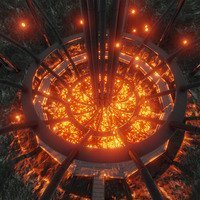
How are articulated locomotives built?
By
SteamSewnEmpire, in LEGO Train Tech
-
Recently Browsing 0 members
No registered users viewing this page.

By
SteamSewnEmpire, in LEGO Train Tech
No registered users viewing this page.